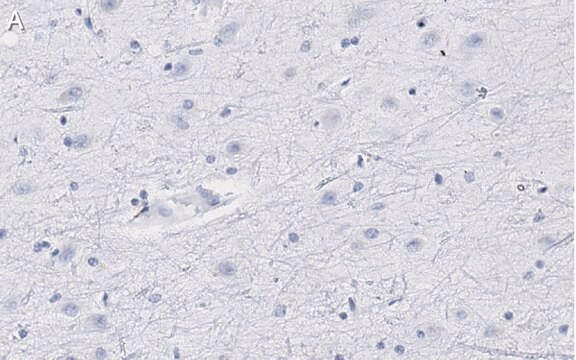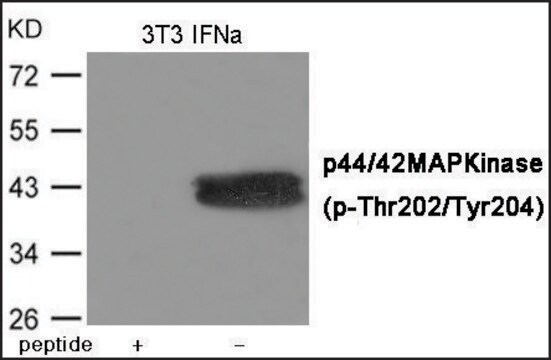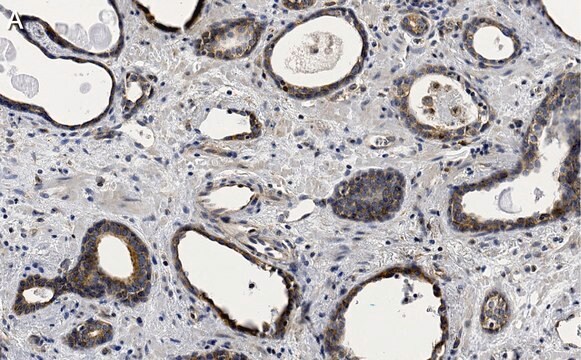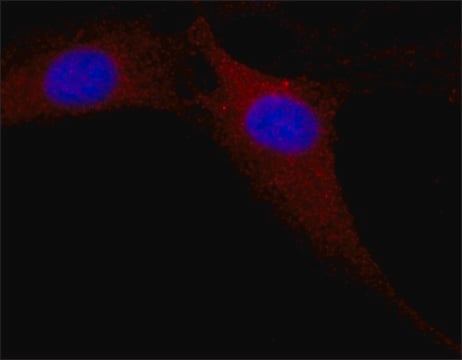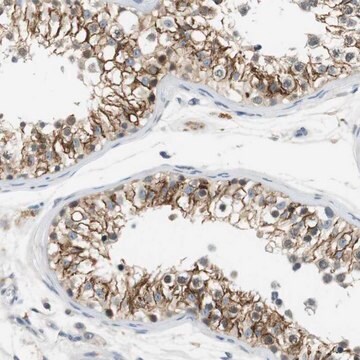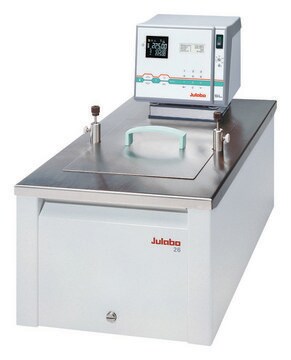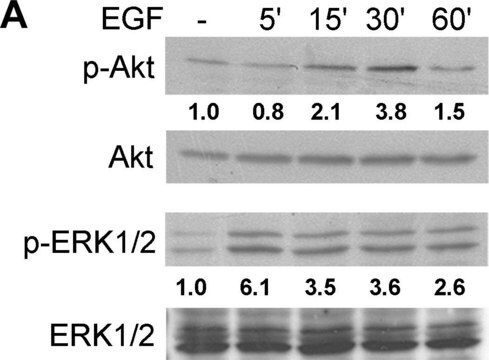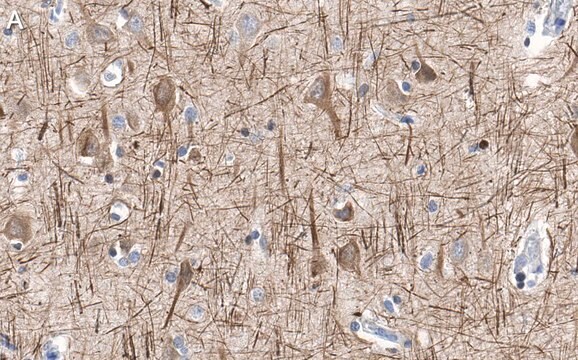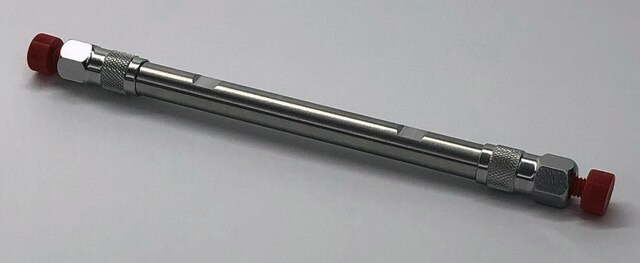AB5454
Anti-TUC-4 Protein Antibody
serum, Chemicon®
Sinónimos:
ULIP-1 Protein, CRMP-4, DRP-3, Dihydropyrimidinase-like 3
About This Item
Productos recomendados
biological source
rabbit
Quality Level
antibody form
serum
antibody product type
primary antibodies
clone
polyclonal
species reactivity
feline, monkey, human, mouse, rat
manufacturer/tradename
Chemicon®
technique(s)
immunocytochemistry: suitable
immunohistochemistry: suitable
immunoprecipitation (IP): suitable
western blot: suitable
NCBI accession no.
UniProt accession no.
shipped in
dry ice
target post-translational modification
unmodified
Gene Information
human ... DPYSL3(1809)
General description
Specificity
Immunogen
Application
Immunocytochemistry: 1:1,000-1:5,000 (DAB detection).
Western blot: 1:2,500-1:25,000 using alkaline phosphatase.
Immunoprecipitation
Optimal working dilutions must be determined by end user.
Target description
Physical form
Analysis Note
POSITIVE CONTROL: Fetal brain/spinal cord tissue. Human neuroblastoma cell line SMS-KCNR or rat PC12 cells.
Other Notes
Legal Information
¿No encuentra el producto adecuado?
Pruebe nuestro Herramienta de selección de productos.
Storage Class
12 - Non Combustible Liquids
wgk_germany
WGK 1
flash_point_f
Not applicable
flash_point_c
Not applicable
Certificados de análisis (COA)
Busque Certificados de análisis (COA) introduciendo el número de lote del producto. Los números de lote se encuentran en la etiqueta del producto después de las palabras «Lot» o «Batch»
¿Ya tiene este producto?
Encuentre la documentación para los productos que ha comprado recientemente en la Biblioteca de documentos.
Nuestro equipo de científicos tiene experiencia en todas las áreas de investigación: Ciencias de la vida, Ciencia de los materiales, Síntesis química, Cromatografía, Analítica y muchas otras.
Póngase en contacto con el Servicio técnico